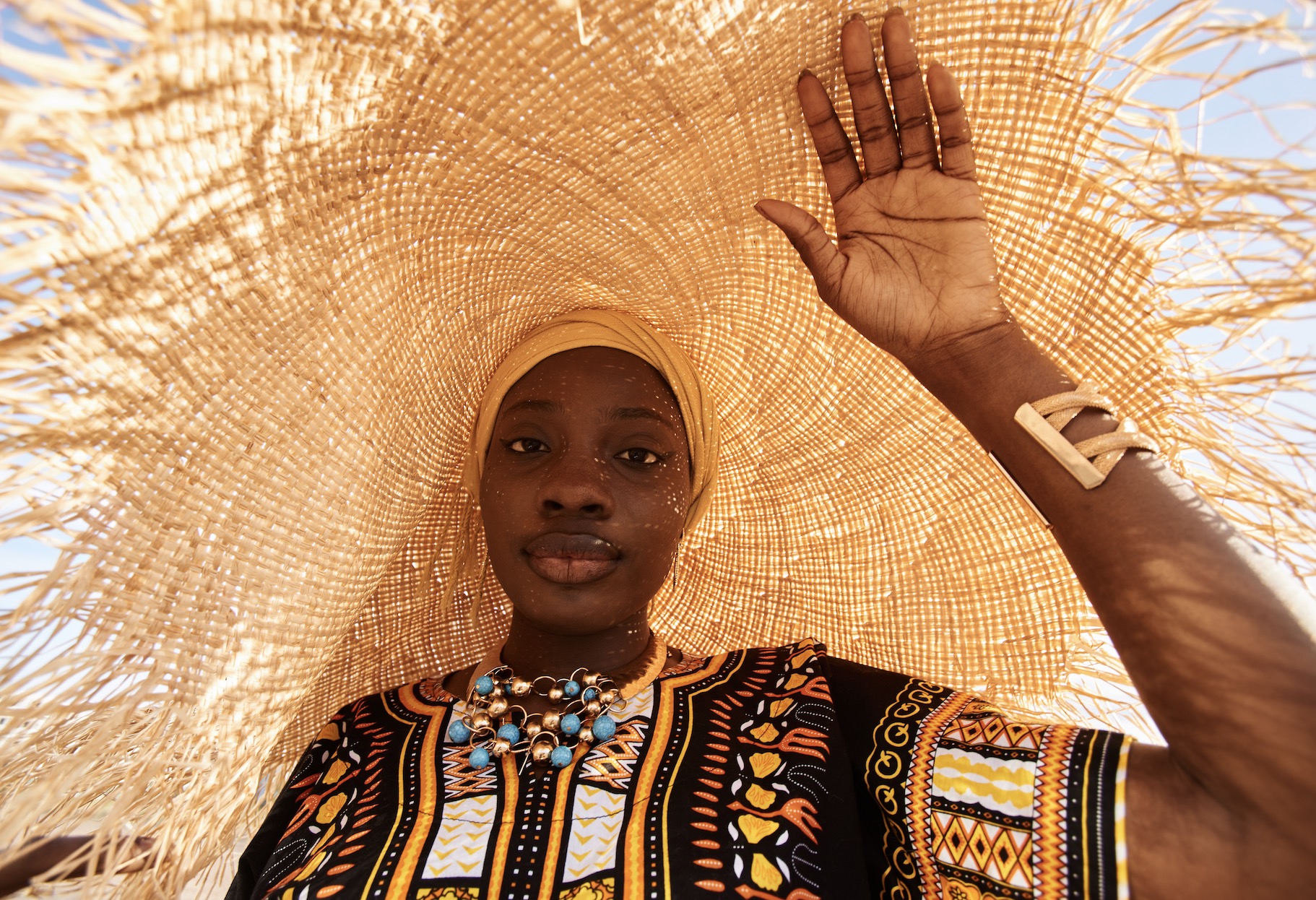Different Outward Signs of Various South African Cultures

Different Outward Signs of Various South African Cultures:
South Africa is known for its rich cultural diversity, with numerous ethnic groups, each with unique customs, traditions, and outward cultural signs.
Outward signs of a culture are the visible expressions that reflect a society’s traditions, values, and customs. These include:
- Traditional Attire: Clothing specific to a culture, such as the Zulu isidwaba (leather skirt) and Xhosa umbhaco (traditional skirt), signifies cultural identity and heritage.
- Language: Distinct languages or dialects, such as isiZulu and isiXhosa, often with unique linguistic features like clicks, serve as cultural markers.
- Rituals and Ceremonies: Cultural practices like the Zulu Reed Dance and the Xhosa initiation rites (ulwaluko) reflect significant life transitions and community values.
- Art and Crafts: Traditional crafts such as Venda pottery and Ndebele house paintings showcase artistic expression and cultural history.
- Festivals and Celebrations: Events like the Venda Tshikona dance festival and the Sotho Morija Arts and Cultural Festival highlight cultural heritage and community cohesion.
These outward signs are essential for preserving cultural identity and fostering understanding among diverse groups.
Different Outward Signs of Various South African Cultures
Here are five outward signs for the Zulu, Xhosa, Sotho, Venda, and Pedi cultures.
Zulu Culture
- Traditional Attire: Zulu traditional dress includes beaded necklaces, bracelets, and anklets. Men typically wear a cowhide skirt (isidwaba) and women wear beaded skirts and headbands.
- Beadwork: Zulu beadwork is intricate and colorful, often used to convey messages and social status.
- Dancing: The Zulu dance (Indlamu) is a vigorous dance performed at celebrations and ceremonies, featuring high kicking and stomping.
- Language: The Zulu language (isiZulu) is widely spoken, with distinct clicks and tonal variations.
- Homesteads: Traditional Zulu homesteads (kraals) are circular and made of thatched huts, representing family and community unity.
Xhosa Culture
- Traditional Attire: Xhosa traditional dress includes umbhaco (Xhosa skirts) for women and ibheshu (apron-like garment) for men, often adorned with intricate beadwork.
- Beadwork: Xhosa beadwork is distinct and often features black and white patterns, symbolizing various aspects of life and identity.
- Language: The Xhosa language (isiXhosa) is known for its click sounds and is one of the 11 official languages of South Africa.
- Initiation Rituals: The ulwaluko (initiation rite) is a significant cultural practice where young boys transition to manhood.
- Music and Dance: Xhosa music often features complex vocal harmonies and the uhadi (traditional musical bow), with dances performed at cultural events.
Sotho Culture
- Traditional Attire: Sotho traditional dress includes the seanamarena (Basotho blanket), worn by both men and women, especially during ceremonies.
- Hats: The Mokorotlo hat, a traditional Sotho hat made from straw, symbolizes the Basotho culture and identity.
- Language: The Sotho language (Sesotho) is a major Bantu language in South Africa, known for its rich proverbs and idiomatic expressions.
- Cultural Celebrations: Morija Arts and Cultural Festival is a prominent event celebrating Basotho arts, music, and dance.
- Traditional Housing: Sotho traditional houses, called rondavels, are round with thatched roofs and often decorated with colorful patterns.
Venda Culture
- Traditional Attire: Venda traditional dress includes brightly colored striped cloths worn by women as skirts and shawls, and men wear loincloths and sashes.
- Sacred Sites: The Sacred Lake Fundudzi and Thathe Vondo Forest are important cultural and spiritual sites for the Venda people.
- Language: The Venda language (Tshivenda) is characterized by its melodic tone and unique linguistic features.
- Art and Crafts: Venda crafts include intricate wood carvings, pottery, and beadwork that are both functional and artistic.
- Dances: The Domba dance, also known as the Python dance, is a traditional dance performed during initiation ceremonies and cultural celebrations.
Pedi Culture
- Traditional Attire: Pedi traditional dress includes colorful wraparound skirts, headscarves for women, and beaded vests for men.
- Music and Dance: Pedi music features instruments like the kiba (reed flute) and meropa (drums), with the kiba dance being a prominent cultural expression.
- Language: The Pedi language (Sepedi), also known as Northern Sotho, is one of the 11 official languages of South Africa.
- Architecture: Traditional Pedi houses are often round huts with thatched roofs, arranged in compounds reflecting family structures.
- Cultural Practices: Pedi cultural practices include initiation rites for both boys and girls, marking their transition to adulthood.
These outward signs of culture showcase the rich diversity and heritage of South Africa’s various ethnic groups, each contributing to the nation’s unique cultural tapestry.
Importance in Cultural Studies in South African CAPS Curriculum
Incorporating the study of outward signs of culture into the South African Curriculum and Assessment Policy Statement (CAPS) is essential for fostering a deeper understanding and appreciation of the country’s rich cultural diversity among students. By learning about traditional attire, languages, rituals, art, and festivals, students gain insights into the historical and social contexts that shape their communities. This knowledge helps preserve cultural heritage and instills a sense of pride and identity in young South Africans. For instance, understanding the significance of the Zulu isidwaba or participating in the Xhosa ulwaluko rites allows students to connect with their cultural roots and appreciate the practices that have been passed down through generations.
Moreover, integrating cultural studies into the CAPS curriculum promotes social cohesion and respect for diversity. As students learn about the various cultural expressions within their country, they develop a greater appreciation for the differences and commonalities among South Africa’s numerous ethnic groups. This educational approach encourages inclusivity and reduces cultural biases, fostering an environment where students from different backgrounds can coexist harmoniously. For example, when students celebrate festivals like the Venda Tshikona dance festival or explore the art of Ndebele house paintings, they not only honor their own traditions but also learn to respect and value the cultural contributions of their peers. This holistic understanding is crucial for building a united and resilient society, equipped to navigate the complexities of a multicultural nation.
